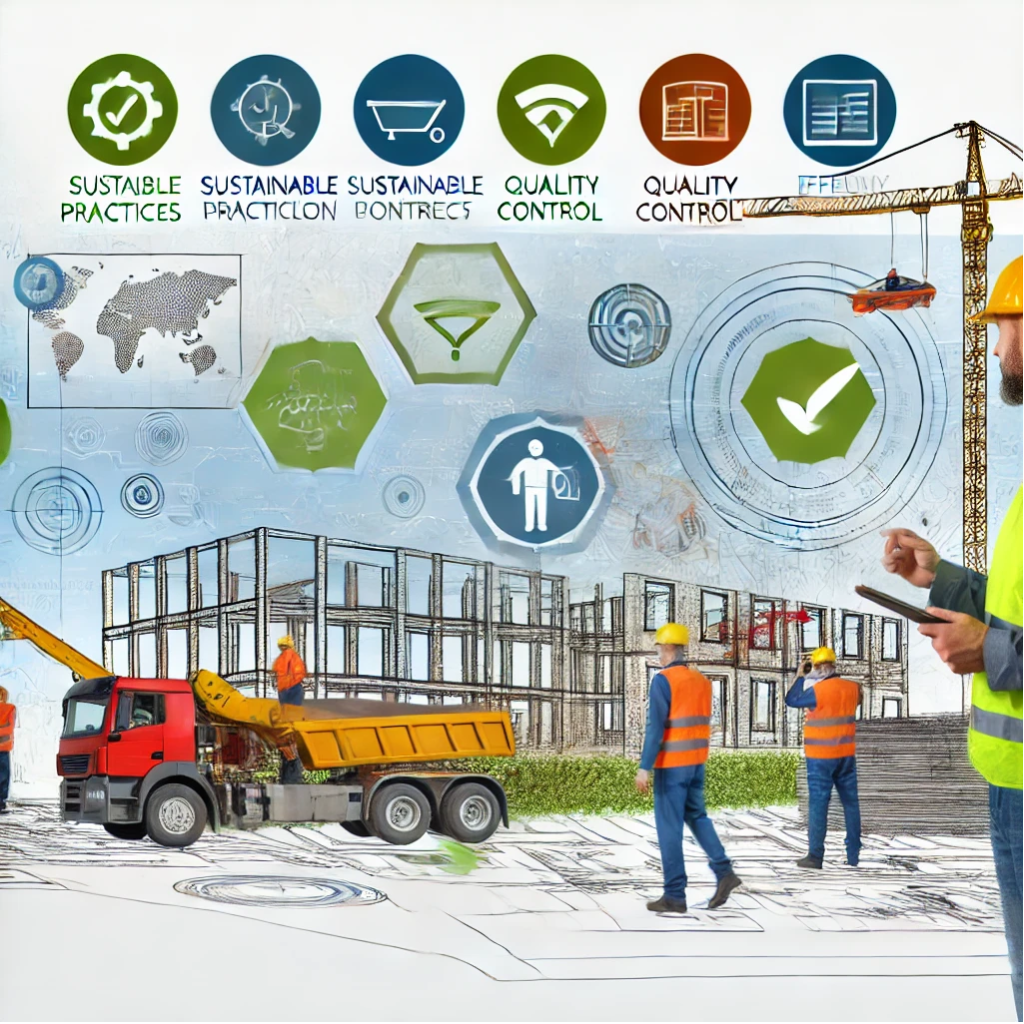
In the world of construction, employing good construction techniques for lasting structures is crucial for the success of any project. These techniques ensure safety, efficiency, and longevity, making them essential for creating structures that stand the test of time. Here’s a comprehensive guide to building with techniques that ensure long-lasting results.
1. Thorough Planning and Design
Key Elements:
- Detailed Blueprint: Begin with a meticulous blueprint that covers every aspect of the project. This should include architectural design, structural details, and mechanical, electrical, and plumbing (MEP) systems. You can explore “GharEka“
- Site Analysis: Conduct a thorough site analysis to understand the topography, soil conditions, and environmental factors.
- Permits and Regulations: Ensure compliance with local building codes and regulations. Obtain all necessary permits before commencing work.
Benefits:
- Prevents costly modifications later.
- Ensures regulatory compliance.
- Reduces risk of structural failures.
2. Quality Materials
Key Elements:
- Material Selection: Choose high-quality materials that meet the specific needs of the project. This includes concrete, steel, wood, and other building materials.
- Supplier Reliability: Work with reputable suppliers who provide certified materials.
- Sustainability: Opt for sustainable materials that have a lower environmental impact.
Benefits:
- Enhances durability and longevity.
- Reduces maintenance costs.
- Promotes sustainability.
3. Skilled Workforce
Key Elements:
- Training: Ensure all workers are properly trained in their respective fields. Regularly update their skills with ongoing training programs.
- Safety Protocols: Implement strict safety protocols to protect workers and minimize accidents on site.
- Supervision: Employ experienced supervisors to oversee the work and ensure adherence to best practices.
Benefits:
- Improves work quality.
- Ensures worker safety.
- Enhances efficiency and productivity.
4. Advanced Technology
Key Elements:
- Construction Software: Utilize construction management software for project planning, scheduling, and resource allocation.
- Modern Equipment: Use advanced construction machinery and tools to increase efficiency and precision.
- Building Information Modeling (BIM): Implement BIM to improve design accuracy, detect clashes, and streamline construction processes.
Benefits:
- Reduces errors and rework.
- Saves time and costs.
- Improves project coordination.
5. Effective Communication
Key Elements:
- Clear Documentation: Maintain clear and comprehensive documentation of all project activities, decisions, and changes.
- Regular Meetings: Conduct regular meetings with all stakeholders to discuss progress, address issues, and make informed decisions.
- Feedback Mechanisms: Establish channels for feedback from workers, clients, and other stakeholders to continuously improve processes.
Benefits:
- Enhances teamwork and collaboration.
- Ensures alignment with project goals.
- Facilitates timely problem-solving.
6. Quality Control and Testing
Key Elements:
- Regular Inspections: Conduct regular inspections at various stages of construction to ensure compliance with standards and specifications.
- Material Testing: Test materials for quality and performance before and during construction.
- Third-Party Audits: Engage third-party auditors to independently verify the quality of work.
Benefits:
- Ensures high-quality construction.
- Identifies and rectifies issues early.
- Builds trust with clients and stakeholders.
7. Sustainable Practices
Key Elements:
- Energy Efficiency: Implement energy-efficient design and construction practices.
- Waste Management: Reduce, reuse, and recycle construction waste.
- Green Building Standards: Aim for certifications like LEED (Leadership in Energy and Environmental Design) to demonstrate commitment to sustainability.
Benefits:
- Reduces environmental impact.
- Lowers operational costs.
- Enhances building marketability.
Conclusion
Building good construction techniques is a multifaceted endeavor that requires careful planning, high-quality materials, skilled labor, advanced technology, effective communication, rigorous quality control, and sustainable practices. By adhering to these principles, construction projects can achieve excellence, ensuring safety, efficiency, and longevity. Embrace these techniques to build not just structures, but legacies that endure.
